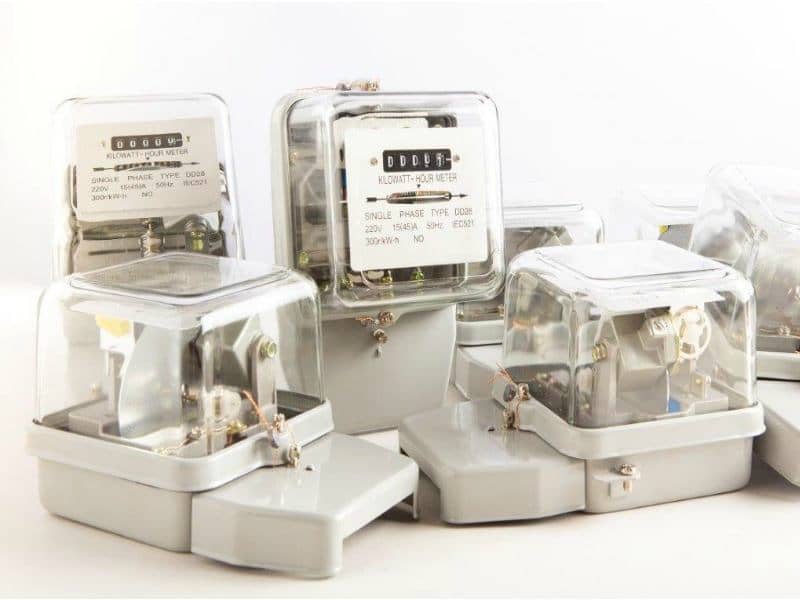A prepayment meter often becomes a necessary piece of equipment for people in debt. Approximately 5.9 million UK residents have an energy prepayment meter, either voluntarily or at the discretion of their energy providers. This meter is installed in the home and the resident must pay for gas or electricity upfront by topping up their accounts with credit. Energy suppliers use these meters to help consumers manage their budgets and debt more effectively.
Positive developments regarding utility prepayment meters are helping debtors manage their money better and budgeting to repay other debts. If you are struggling with debts or have utility debt arrears from your current or previous address contact us today.
⏱ Get A Free No Obligation Debt Assessment:
Please fill out this form and we will get in touch with you shortly.
These meters are also used to collect utility arrears over time, which can make the cost of gas or electricity very high
Tariffs available to consumers who have prepayment meters are often less attractive than those for consumers who have credit accounts and pay with direct debit. This is no small issue, as more than 300,000 consumers have electricity debts and almost the same number of people are in arrears with gas utility payments.
Energy regulator Ofgem is taking steps to address the issue. It is altering the switching rules for users of prepayment meters who owe money to their suppliers. Currently, consumers who owe more than £200 could not switch to a more attractive tariff. Beginning in November 2012, the threshold will increase to £500, enabling many more UK residents to switch to better tariff deals. This should prevent many of them from getting deeper into debt due to expensive tariffs.
Electricity and gas debts are only part of the financial difficulties that many UK residents are experiencing.
An increase in the cost of living combined with little, if any, increase in compensatory pay has resulted in tightened household budgets. Consumers with energy debts may have bank loans, payday loans, overdrafts, and store and credit card balances. Some of them use debt management plans to take control of their debts and include energy bills in the program.
Other people chose to use a prepayment meter to repay energy debts outside of the plan. This can be an expensive decision based on the unattractive tariff choices. People should not pay more than necessary for gas or electricity, especially when they are in debt. It may take longer for these individuals to complete their debt management plans because they are wasting money on escalated energy expenses. This money would be much better applied to debt repayment.
The best approach is to reduce energy costs by changing to a less expensive supplier of gas or electricity.
Money owed to the old supplier can be included in a debt management plan and repaid at an affordable pace. Consumers save money and make debt repayment more affordable. Creditors are treated equally and receive the money they are owed, albeit over an extended period.
Rather than wasting money and risking the loss of service with energy prepayment meters, people in big debt should combine debt management plans with less expensive energy rates. People who already have prepayment meters and less than £500 in energy debt should shop around for a better tariff deal come November. Those with versions of meters that require manual price updates should request upgrades.

